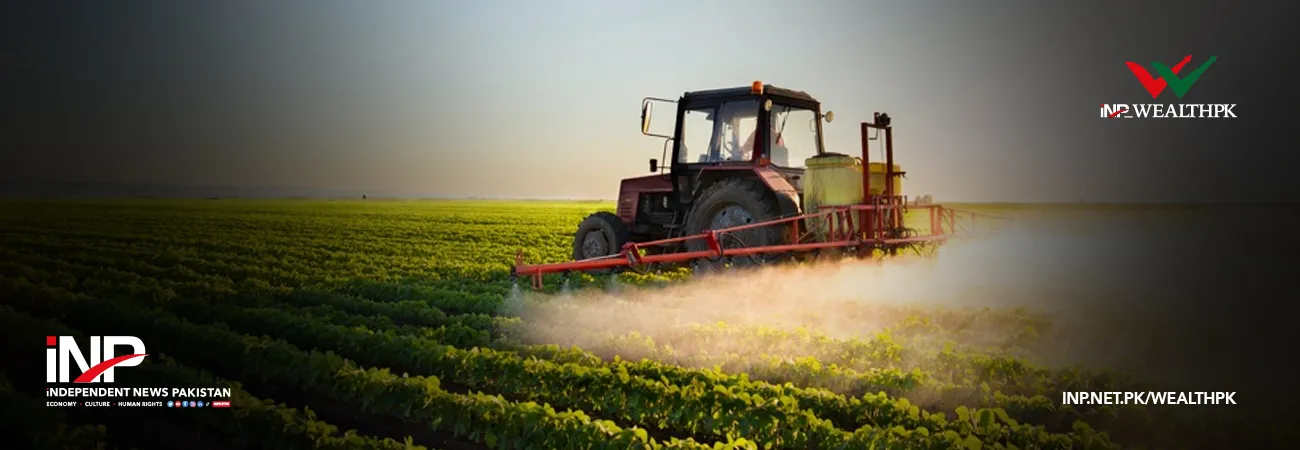INP-WealthPk
Arooj Zulfiqar
Farmers need to diversify their cropping patterns in order to boost their production and profits.“The concept of crop diversity is a key component of economic security in the ever-evolving landscape of agriculture, where variables like climate fluctuations and market dynamics play a major role,” says Dr Danish Ibrar, a senior scientific officer at the National Agriculture Research Centre (NARC), Islamabad. Talking to WealthPK, he said: “We must recognise the multifaceted benefits of cultivating a variety of crops, from mitigating risks to bolstering resilience and enhancing profitability.” He added that crop diversity was the cornerstone of achieving these objectives. “The key to this agricultural paradigm shift is the recognition that farmers can be more vulnerable when they rely solely on a single crop.
The peril of crop failure, whether triggered by adverse weather conditions, pests, diseases or market fluctuations, looms large when the fate of a farm hinges on a solitary harvest.” He said that one of the most compelling advantages of cultivating more than one crop was its potential to maximise land utilisation. “In a world where arable land is a finite resource, crop diversity allows farmers to make the most of their available space. By carefully selecting complementary crops that have varying growth habits, nutrient requirements, and root structures, farmers can achieve a harmonious coexistence that optimises land use and increases overall yield.” Danish Ibrar continued: “Moreover, it provides a form of insurance against crop failure. If one crop is susceptible to pests, diseases, or adverse weather conditions, the other crops in the mixture can compensate for the losses.”
“There's more to this risk mitigation strategy than just harvest losses. Through its ripple effects, it protects farmers from the corrosive effects of fluctuating prices. When one crop fails to meet market demand or suffers a price slump, other crops in the portfolio can act as stabilising forces. This diversification not only preserves income stability but also empowers farmers to make strategic choices about when to sell their produce, thus maximising profitability.” “Furthermore, the ecological advantages of crop diversity cascade through the agricultural landscape. Monoculture systems, often characterised by the repeated cultivation of a single crop, can lead to soil degradation, increased susceptibility to pests, and a greater reliance on chemical inputs.” “In contrast, diversified cropping patterns foster soil health, enhance nutrient cycling, and promote the proliferation of beneficial organisms that contribute to natural pest control.
This ecological harmony translates into long-term economic benefits as soil fertility and pest management improve over time.” “From an economic perspective, crop diversity taps into a multifaceted revenue stream. Farmers engaged in diverse cropping systems have the flexibility to cater to a broader range of consumer preferences. This adaptability translates into access to niche markets, direct-to-consumer sales, and value-added products. As such, crop diversity is not merely a risk management tool but an avenue for expanding market reach and amplifying revenue streams.” The NARC scientist pointed out that in regions like Punjab, where water resources were precious and often limited, crop diversity took on an even more crucial role. “The combination of crops with varying water requirements allows for efficient water usage, reducing water wastage and contributing to water conservation efforts.”
Credit: INP-WealthPk













